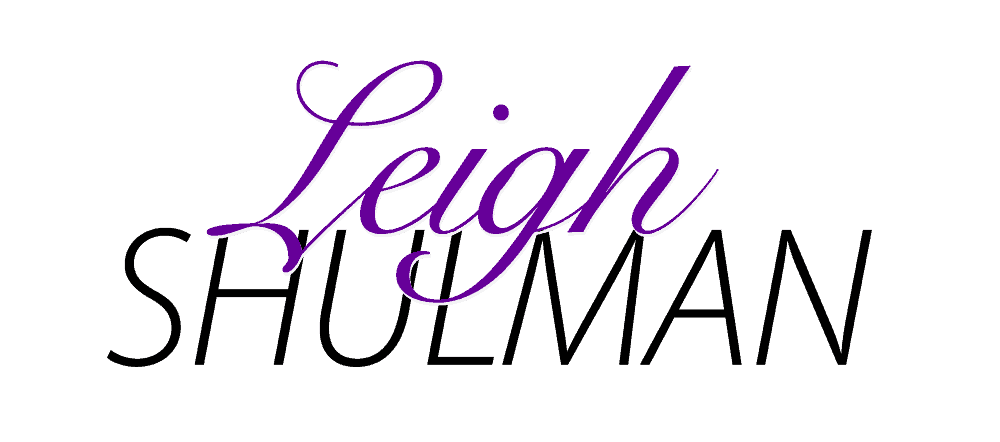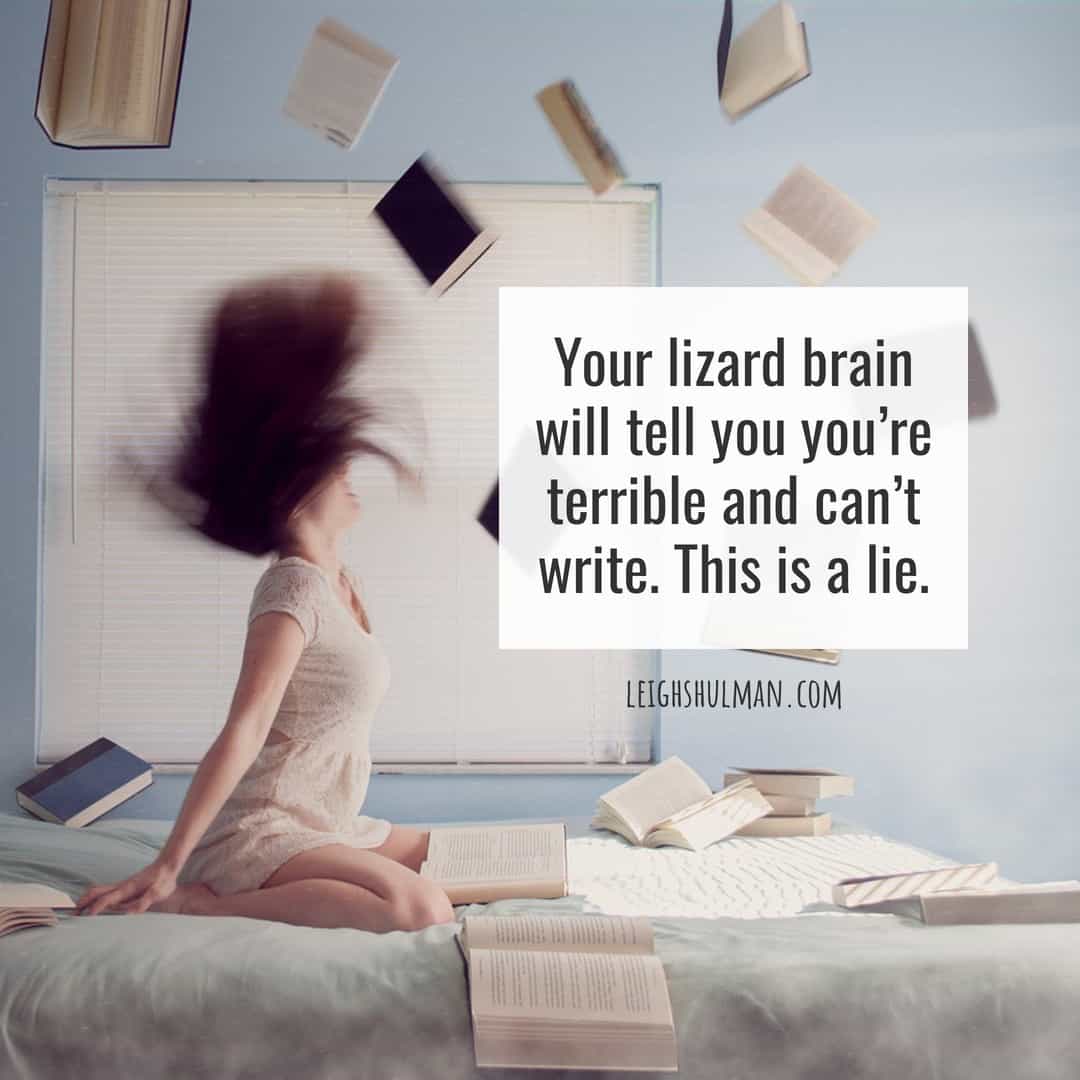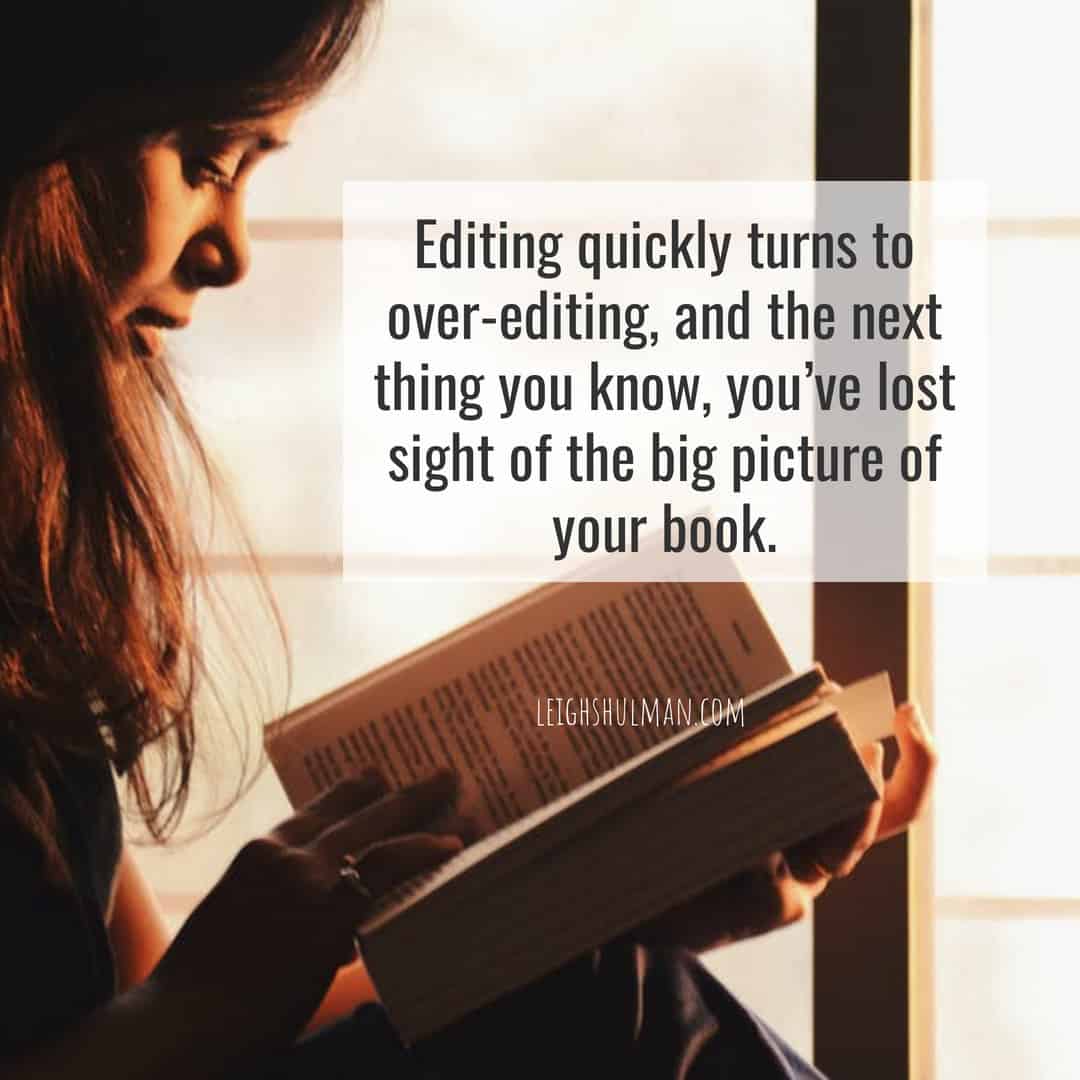When you have writer’s block, it feels like nothing but magic can stop writer’s block. I know because it happened to me this year while I’ve been working on my book, the YA sci-fi I started a few years ago during NaNoWriMo.
I picked the book up again in January after my daughter told me I had to write it because she wants to read it. How’s that for motivation? It was going so well, too. Until now, I rarely wrote sci-fi and almost always wrote for an adult-adult audience. It felt new and fresh. I was having so much fun, more fun than I’ve had writing in years, and then I hit a big ol’ ugly wall.
How did I break free from my block?
I followed a five-step method to crush through my block and get back to writing again.
- Remain calm.
- Pinpoint what’s keeping you stuck.
- Address the technical aspects that help you know what to write next.
- Implement the change by butt+chair to write.
- Get feedback.
Before I get into describing each step in more detail, I want to give you a little background about the book.
My working title is Parvaneh and the City Of Butterflies. The plot follows a 17-year-old named Parvaneh living 10,000 years in the future. When her entire town is destroyed along with every family member except her 5-year-old brother, she runs. Meanwhile, the nemesis of the story, Daayan, sends his army after her.
(The names, by the way, with the exception of Parvaneh, are placeholders for now. I’ll change them later.)
I wrote the first draft of this book by following my Five-Step Cheat Sheet to Write A Fiction Book. This fiction writing cheat sheet and nonfiction counterpart currently live in The Workshop, my online writing mentorship community. the resource Library in my online writing mentorship community The Workshop.
Thanks to the Cheat Sheet, I produced my Shitty First Draft without much trouble, but then about one hundred pages into my second draft… BAM… I got stuck.
This is how I applied the five steps:
STEP ONE: Remain calm.
There’s a certain amount of panic writers experience every time we sit down to write. Some call it procrastination. Others call it resistance. Whatever it is, you have to overcome the demon that keeps you from sitting down to write.
It’s always fear that does it. Fear that we won’t be able to get words on a page. Fear that what we write will suck. Fear that we’re not creative, not good enough, not writing something worth reading.
Whatever your obstacles are, it feels so much worse when you hit a block because at least if you’re simply facing resistance mode, you can sit yourself down and muscle through. But when you hit writer’s block, it means you’ve already tried to push through. You’ve tried what normally works for you to get past resistance, and none of it is working.
This is when panic sets in. You believe the block will never end. You’ll be stuck forever. You’ll never finish. You’ll never accomplish anything. Nothing will ever work out.
This is exactly the kind of thought process you want to avoid like the plague because it’s a self-fulfilling prophecy. Instead, remind yourself you’ve been blocked before and found your way out. Remind yourself that one of the main reasons blocks happen is because you’re doing something you’ve never done before. You’re stretching your abilities.
The only way to stop writer’s block is to recognize you feel this way and then move through it.
Of course, it’s uncomfortable.
Feeling stuck is you rejecting the same old patterns and instead choosing to create something entirely new and wonderful. You just have to keep at it, work a bit at a time, move forward, and it will happen. Truth is, you’ll probably get stuck again at some point. That’s just the nature of writing. There are ups and downs, blocks and flows. It’s all part of the process.
STEP TWO: Pinpoint what’s keeping you stuck.
While blocks feel irrational, there is usually a reason you can’t move forward. Perhaps your structure doesn’t quite work. Or your character needs to make different choices. You may need to clarify the overall message of your book for yourself before you continue.
Whatever holds you back, it’s time to take a step back from writing and analyze the process.
I printed my draft and read it offline so I couldn’t make corrections. I made notes by hand but didn’t change anything yet. This helped me see how my original plot—the one I created from my Five-Step Cheat Sheet—no longer worked. I realized I’d have to make changes in order to move forward.
Fear also held me back. I was scared that I wouldn’t be able to write the next part in the way it needed to be written. It’s the moment when Parvaneh faces her fear, preparing her for the final battle. I wanted to do it justice and had absolutely no idea how I’d make that happen.
A negative mindset is a strong barrier to writing. I had to face it before I continued. Usually, the best way to face a mindset barrier is to sit your butt in your chair and force yourself to face your pages no matter what. So that’s exactly what I did. I set aside time every Monday and Friday and sat with my pages. I read them. Took notes by hand. Wrote out my plot to see if it needed to be restructured. I tried many different things until something clicked.
STEP THREE: Address the technical aspects.
I mentioned earlier that my original plot wasn’t working. This is what I meant.
In my most Shitty First Draft, I knew at some point Parvaneh would have to face Daayan in a final battle, but my original plot doesn’t give any reason why Parvaneh would ever be in the same room as Daayan. She spends the first half of the book running from him and was doing very well hiding. Something had to make her change course. I decided to add a scene where Daayan captures her little brother and takes him back to his lair, thus forcing Parvaneh to go in search of her brother.
Going back to rework my plot reminded me that my book follows The Hero’s Journey structure. I realized I was missing a crucial part of the journey. Parvaneh never doubts herself in the first draft. She’s too busy running and hiding. In order to prepare her for her final battle with Daayan, I needed to add a Dark Moment of the Soul to my structure.
Rereading my book also reminded me why I’ve been having such a good time writing it. Early in the book, I wrote some flora and fauna biotech scenes that I absolutely loved. But over the chapters leading up to the brother’s kidnapping, I forgot to write the fun parts that keep me inspired and bring me back to the page day after day.
Easy fix: I started writing more fun parts in addition to the Dark Moment and Brother Capture.
My reading and analysis gave me three scenes to write next as well as some ideas to restructure the book. Thus, I knew exactly what to do next.
STEP FOUR: Implement the changes by Butt+Chair to write.
I swallowed my fear and sat down to write. And man, was I miserable writing those pages. It felt crappy, stupid, and pointless as I slapped each word on the page. I wanted to go back and tweak and edit, but I also know editing as you write is a trap. It’s too easy to make tweaks here and there, but never actually move forward in the plot. Editing quickly turns to over-editing, and the next thing you know, you’ve lost sight of the big picture of your book.
I use a couple of tricks to maintain momentum and keep me from overediting.
In my writing process, I work in two documents: my working doc and my finished draft doc. I write the SFD in the working document. Then I copy and paste new sections into my finished draft doc to format and get it ready for the fifth and final step of the five writer’s-block-busting steps.
As I read through my finished draft, I make only the changes that get in the way of reading the text. I fix sections that aren’t quite finished or need more information, but because I’m in clean up and format mode instead of editing, I don’t make huge changes. I simply work with what I have to add depth, rework awkward sentences, and clean typos.
I’ve been working with a client using a similar method. She got super stuck with her editing because she didn’t believe anything she wrote was good enough. Whenever someone gave her feedback, she’d tweak and tweak in a futile attempt to make it perfect which lead to her changing the text so much, it was an entirely new book.
Now, she prints her pages and hand writes comments based on my feedback. Working with pen and paper prevents her from endlessly tweaking and changing her story. Instead, she sees the bigger picture. She then goes back to her computer and incorporates the handwritten changes into her document. Nothing more. This allows her to move on without overediting.
STEP FIVE: I got feedback.
Once I completed my pages, I gave the new pages to my friend and writing mentor Dawn Mius for feedback. She’s a traditionally published YA author, managing editor of The Big Thrill, and an incredible writing coach.
Dawn loved my new chapters, which allowed me to see my work in a more positive light. She also gave me notes that allowed me to see the technical aspects of the plot more clearly and identify inconsistencies. Her amazing energy and helpful feedback allowed me to move past the block.
And now I’m flying forward.
My block lasted for almost two months.
I can’t tell you how frustrating it was to be stuck at 100 pages for such a long time. Now, I’m thrilled to say I just crossed the 250th page of my book and am excited to keep going. The plot works. The characters have a complexity I love, and I’m writing sections that are even better than my original vision for the book.
Your book writing process won’t work in exactly the same way mine did. You will have different technical issues. Your characters will have different needs. Your structure will work differently. But you can adapt these five steps and the techniques I used to move forward to match your needs.
The core message in all of this? Keep going. Don’t let panic and resistance hold you back. Your lizard brain will tell you you’re terrible and can’t write. This is a lie.
The number one reason people don’t finish writing a book is simple. They stop writing. As long as you keep pulling the threads, get feedback and do the work, you will write your book.




